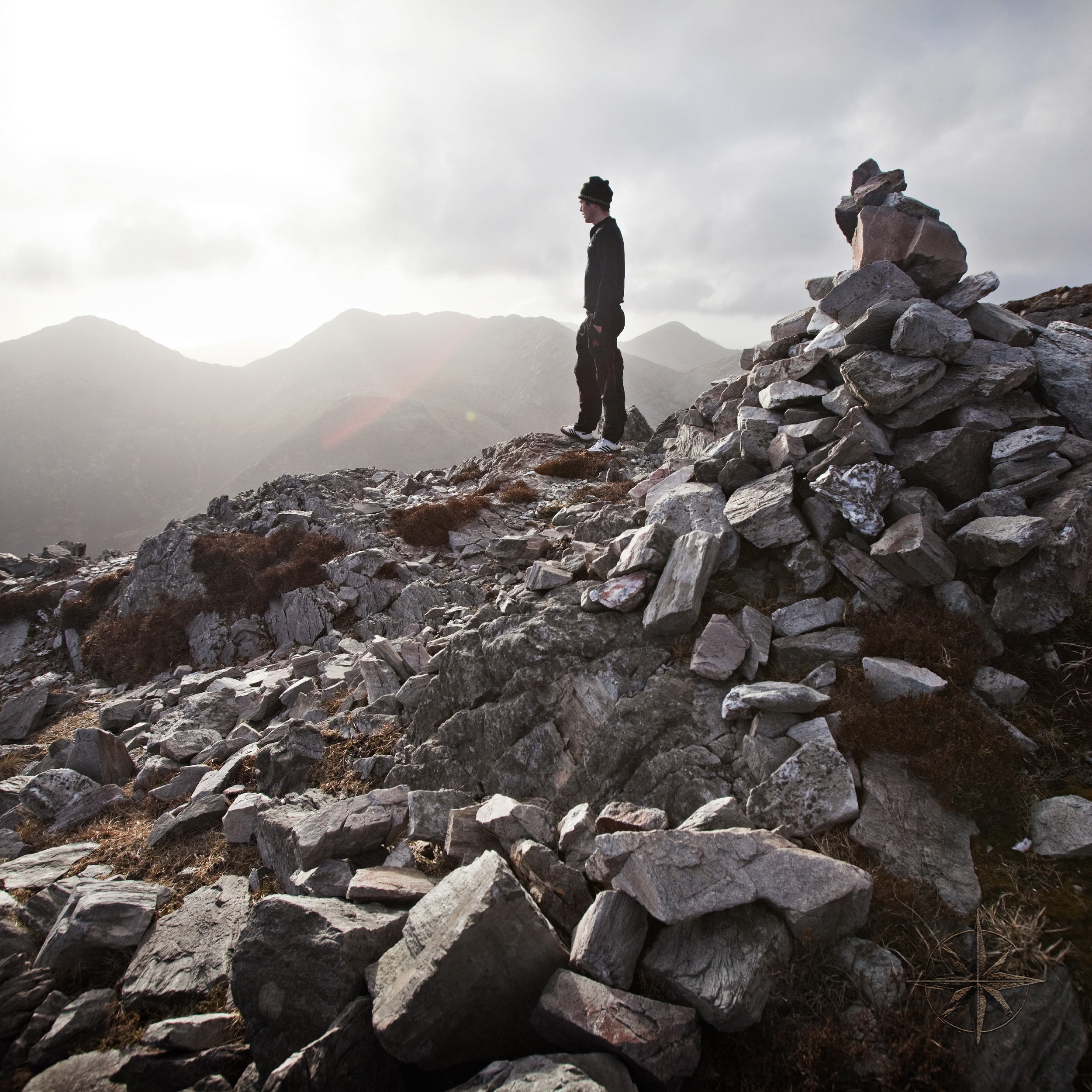THE STONES OF CONNEMARA
I’m coming back.
That’s what I always tell myself, looking down from the plane after take-off or driving over the bridge that marks the final departure point from some special place I’ve been. I tell myself that, but so many times I don’t come back.
It’s a common enough theme in travel, is it not? Goes along with “I could live here” as the two most self-delusional thoughts that travelers torture themselves with. Maybe it makes it easier to leave, to get on the plane or cross that bridge, if you can convince yourself, and everyone else, that you’re coming back. Your goodbyes aren’t as final. The things you didn’t get around to doing, you can do then.
I’m not so sure how many people say “I could live here” when they come to Connemara. It’s harsh country, with poor soil, slicing wind and drenching rain; and when the heather’s not in bloom, the brown furze that dominates the landscape can be a most depressing shade of yellowish-brown in the wrong light. And yet there is something here. Something very deep and spellbinding. It’s hard to put your fingers on just what it is, but it will suck you in, and if you have no immediate plans, you might end up staying a lot longer than you’d anticipated.
Perhaps the man to ask about Connemara’s allure is Tim Robinson, an Englishman who moved to the region after spending a decade on the island of Aranmore (or Airann), collecting stories and mapping out the old Irish place-names of the largest of the Aran Islands. Thirty years ago he moved a few kilometers ashore to Connemara and started a similar project; only this time he couldn’t stop. As he explained in an essay called “A Connemara Fractal”, there is no end to the arcs within arcs, layers within layers, that this region holds in terms of history, geography, folklore, and just pure fascination. Robinson has basically dedicated the rest of his life to what he laughs off as a “quest for Connemara omniscience”, fully aware that he will never know everything about this place. But, when he is finished, he will most likely know more than any soul has ever known about this strange and beautiful geological addendum to the shores of Western Ireland.
When I visited Connemara recently, I had Robinson’s books to guide me, and after running out of ink from underlining and making margin-notes in his epic non-fiction trilogy “Connemara”, I determined to meet the man. But, known for being a bit of a recluse, and tired no doubt of his unintended role in modern media as the Sage of Connemara, Robinson politely told my liaison that he was just too busy and that I should feck off. No worries, I figured. I’m coming back. I’ll just try him then.
I’m coming back, buying a camper van, and traveling the back roads of Western Ireland for as long as I can handle it. I’ll camp outside Mister Robinson’s house until he grants me an audience. I’ll bring my guitar and join in on pub sessions. I’ll go to Dingle and start learning the Irish language. I’ll go to West Cork and find out how the English hippies who moved there in the ’70’s are doing. I’ll buy a small skiff and visit all 365 lake-isles of Lough Corrib, one for every day of the year. I’ll swim out into the bay when the Galway Hookers are racing and photograph their clean, classic lines, their hulls heeling in the stiff western wind. I’ll go Omey in August and watch the horse-race that takes place on a strand which rises up out of the tide twice a day for a few brief hours.
So much to do. Mark my famous last words. I’m coming back.



































